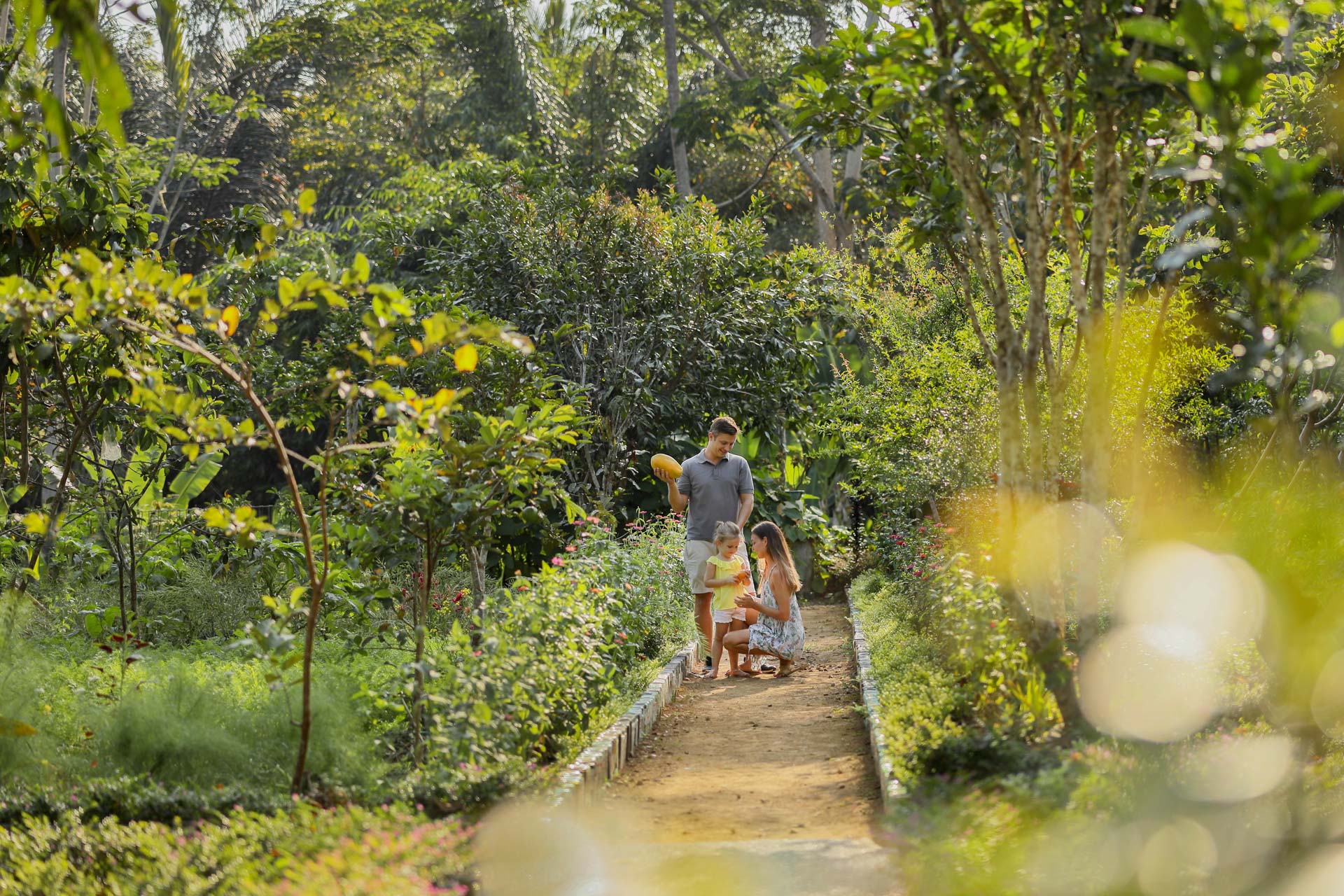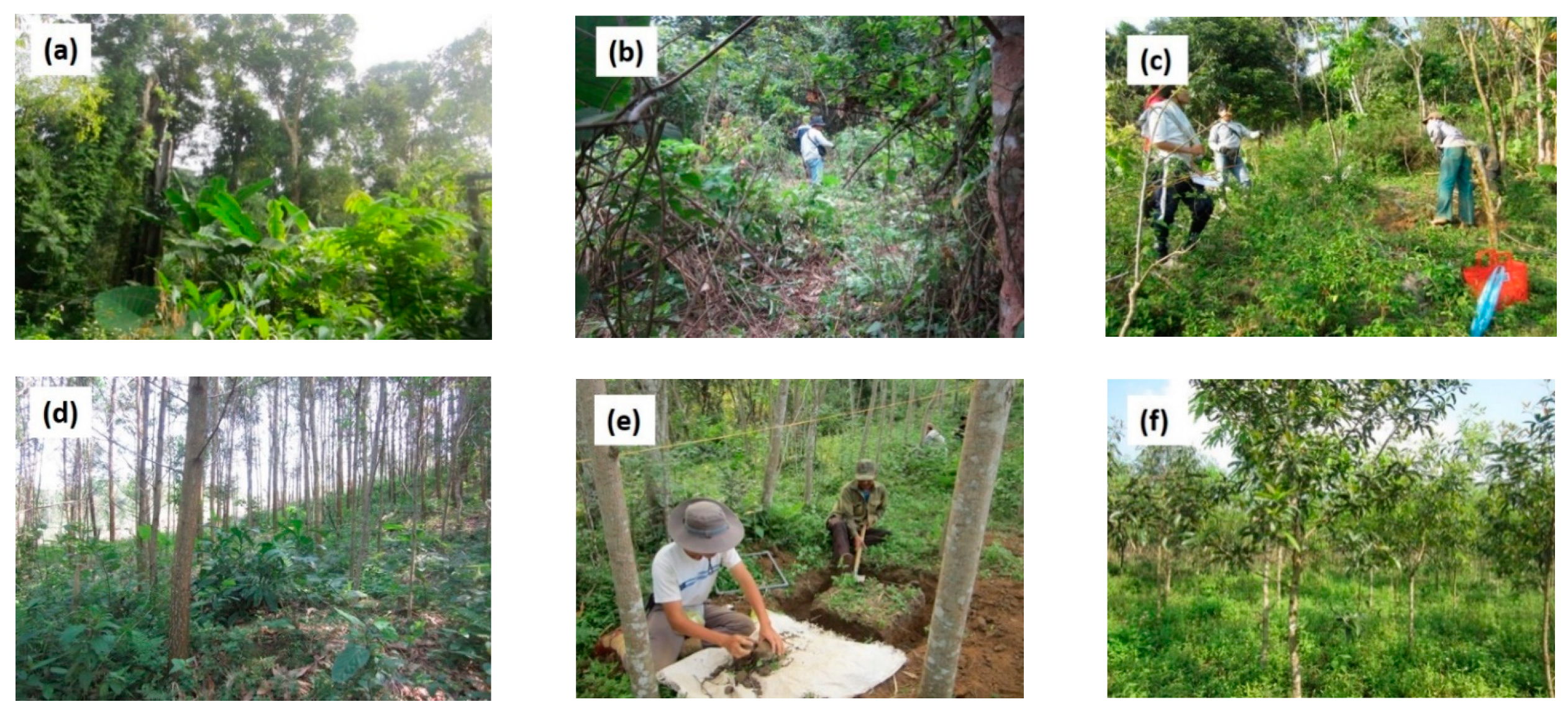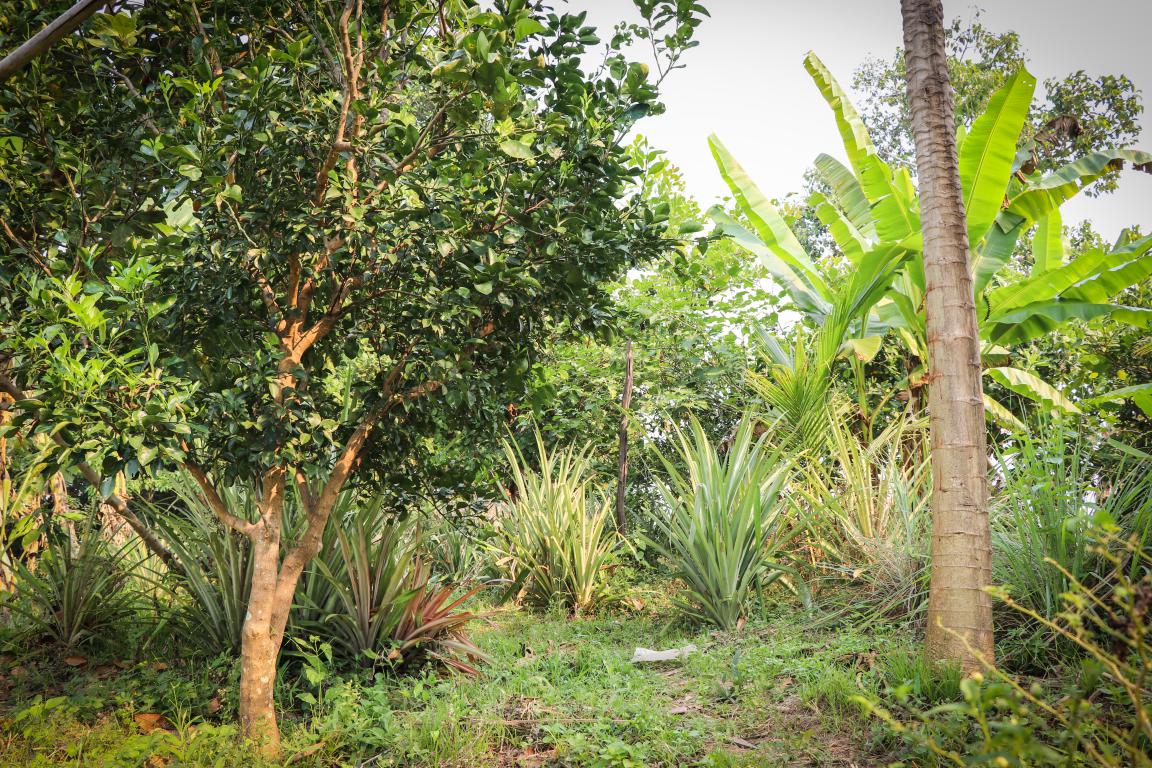Home Garden Agroforestry

Home garden agroforestry since time immemorial in several tropical countries is the evidence to show that this system of land use is an ecological and socio-economic adaptive system.
Home garden agroforestry. There are native naturalized plants trees and shrubs all around you that can be used to cultivate high quality food at home. Constructive analysis of home garden programmes in the Lima slums with suggestions for an alternative approach. In the present paper some of the government policies institutional mechanisms research inputs which are.
Proceeding of a workshop on Enhancing the contribution of home garden to on-farm management of plant genetic resources and to improve the livelihoods of Nepalese farmers. Coupled with a decline in field crop production home garden agroforestry was identified as an appropriate SLM intervention to control. Home gardens are agroforestry land-use systems with multipurpose trees and shrubs in intimate association with seasonal and perennial agricultural crops and livestock within the compound of individual houses and under Correspondence to E.
Lessons learned and policy implications 6-7 August 2004 Pokhara Nepal. Agroforestry is an age. Home garden agroforestry in the Olifants Catchment Limpopo.
The home garden helps to connect the livelihood. A small village 370 kilometers 230 miles south of the capital Addis Ababa Bule is believed to be the birthplace of traditional home garden agroforestry in Ethiopia. The village of Bule is believed to be the birthplace of traditional home garden agroforestry in Ethiopia.
Yayo Coffee Forest Buffer Zone Cash Crop Food Security. Home garden agroforestry is a more complex multi-stratum than other agroforestry systems Zebene et al. The study aimed to determine the diversity levels of the species constituting the home-gardens and their contribution to the farmers incomes.
Home-garden is one of the types of agroforestry which is commonly practiced by rural communities in South Sulawesi Indonesia. In Sekhukune part of the savanna biome in northern South Africa livestock are free roaming causing damage to crops and overgrazing of rangelands. Working with trees for the future has been an incredible experience.
















